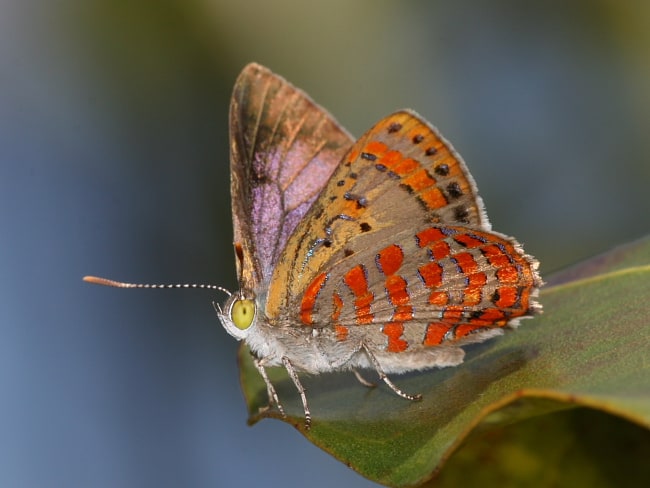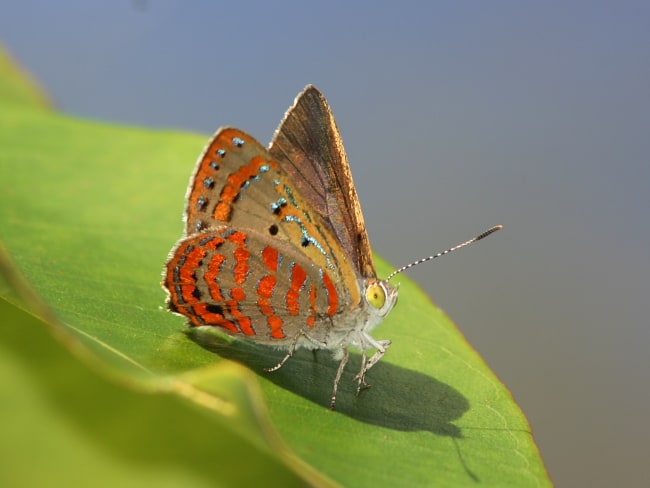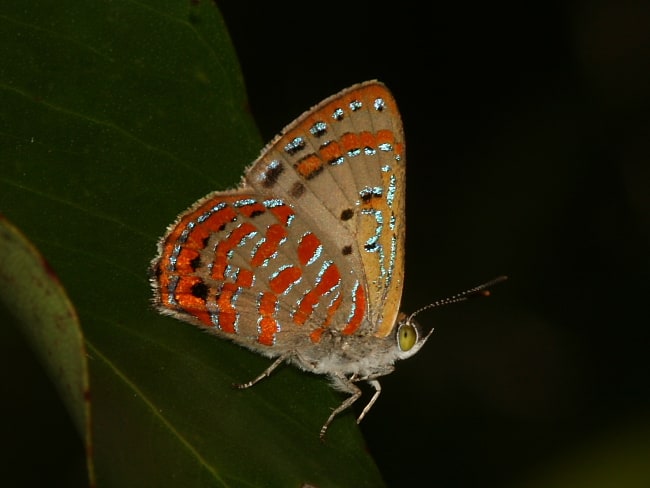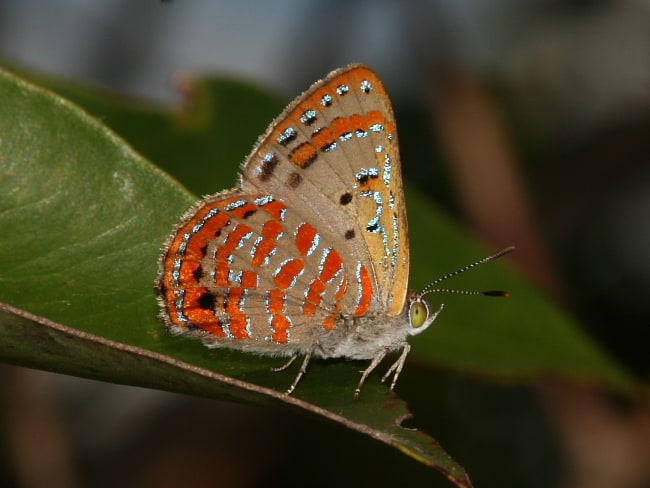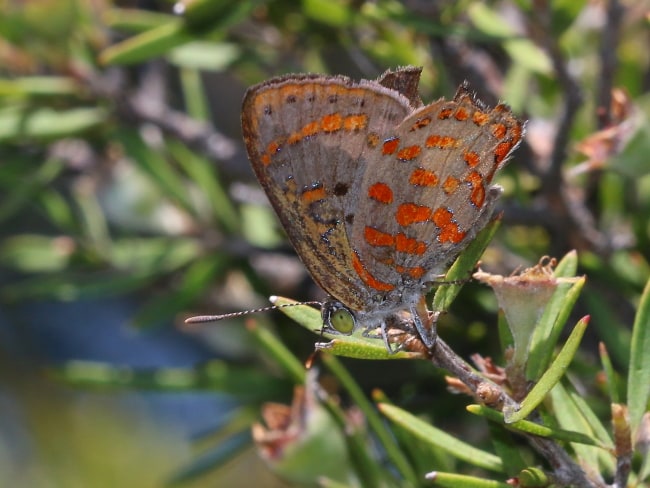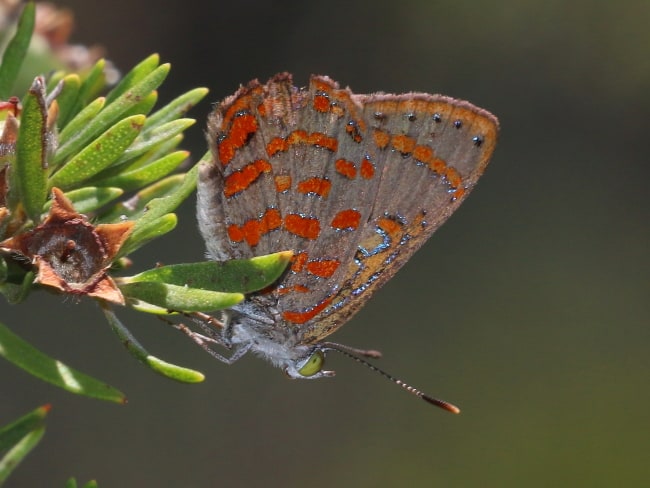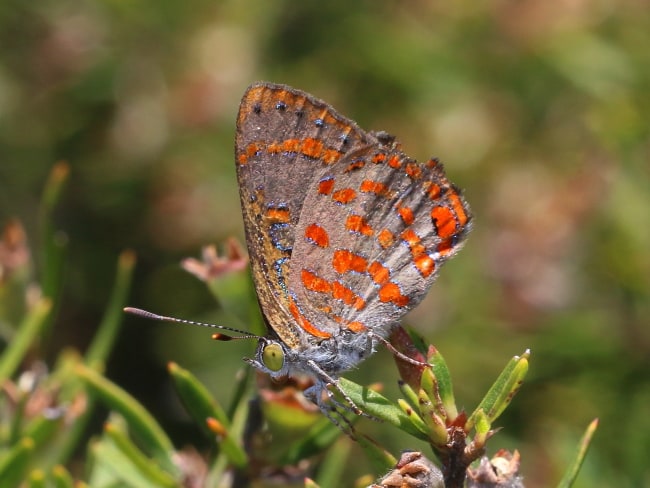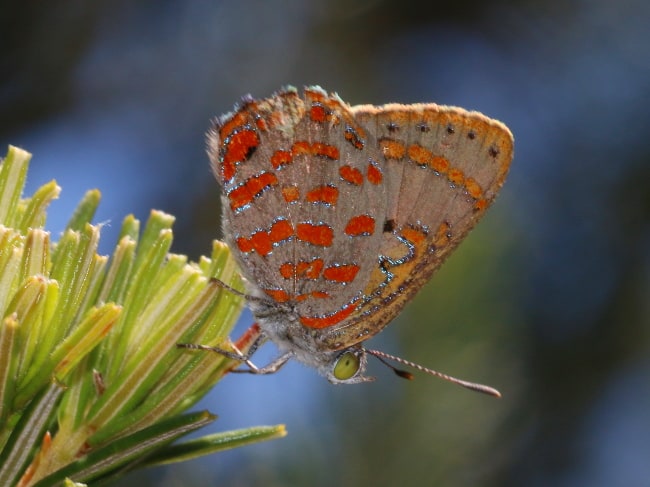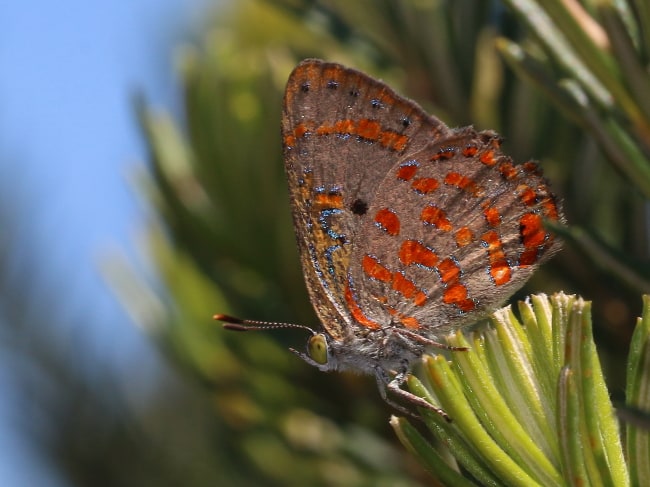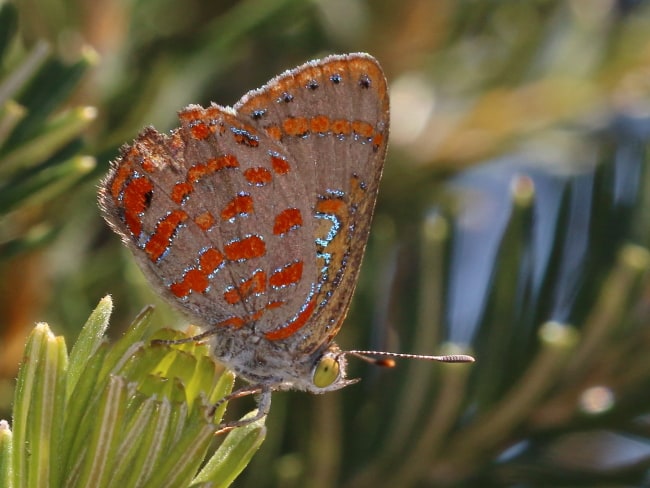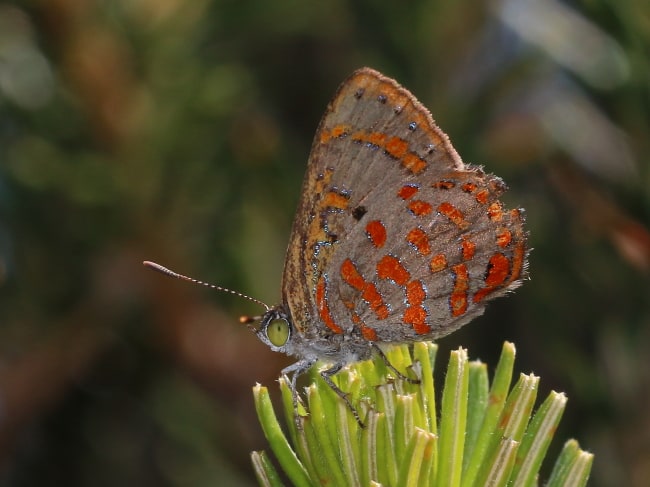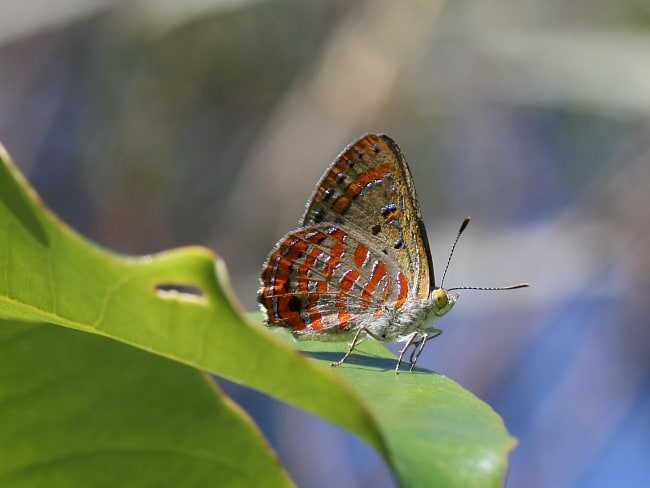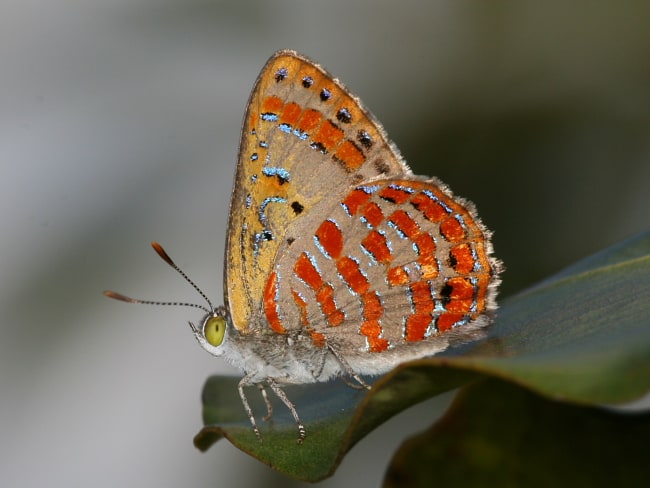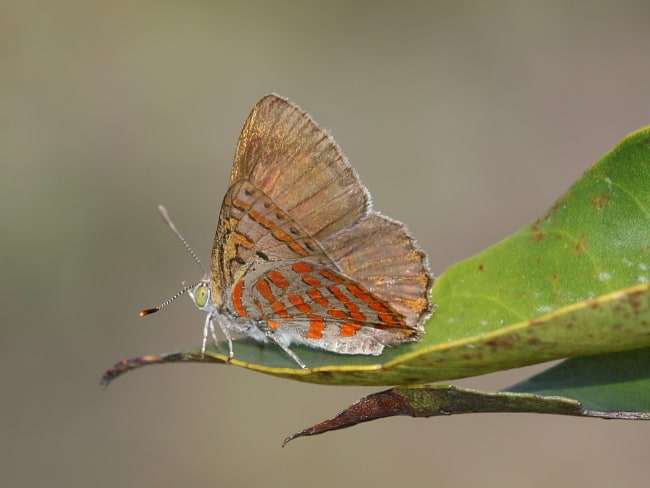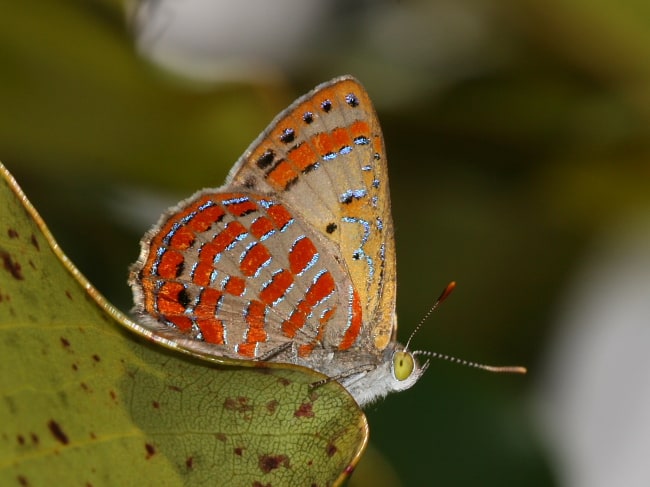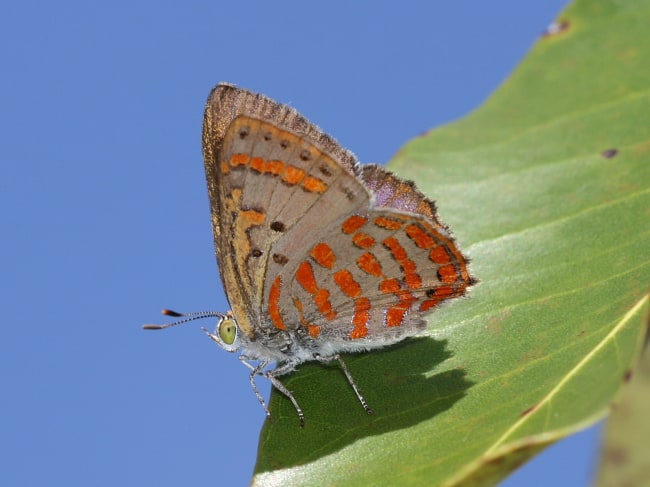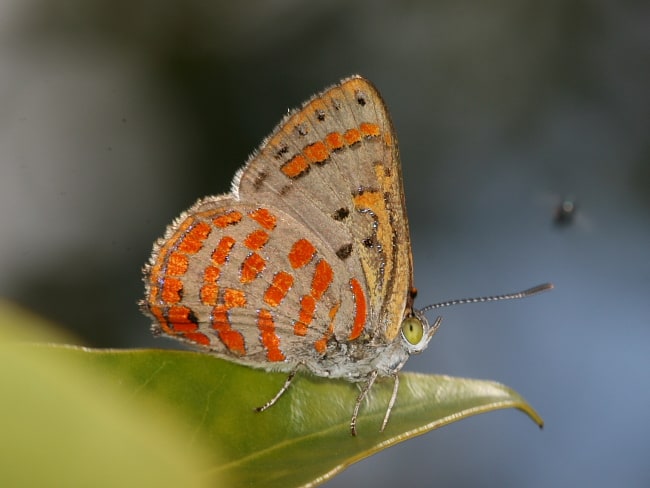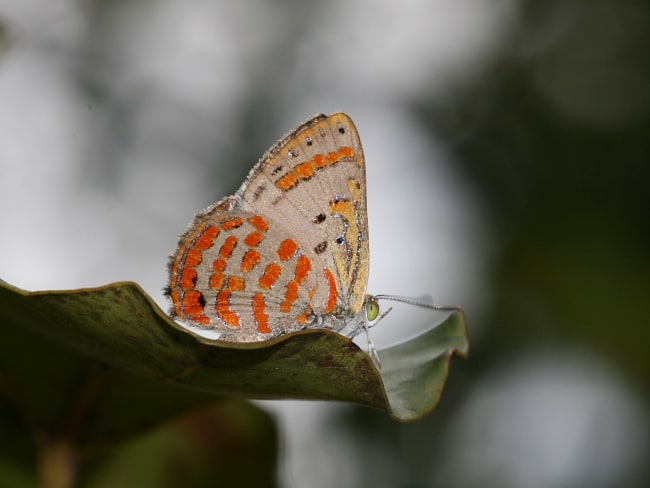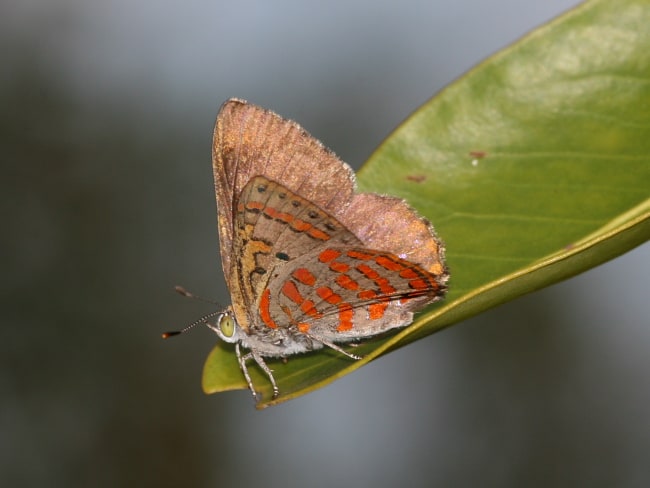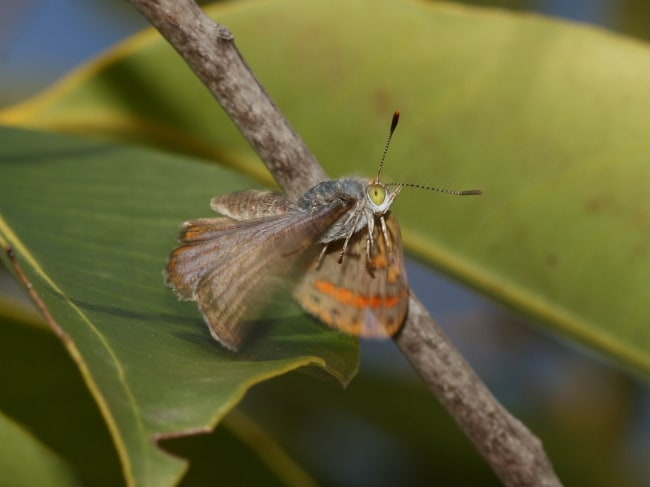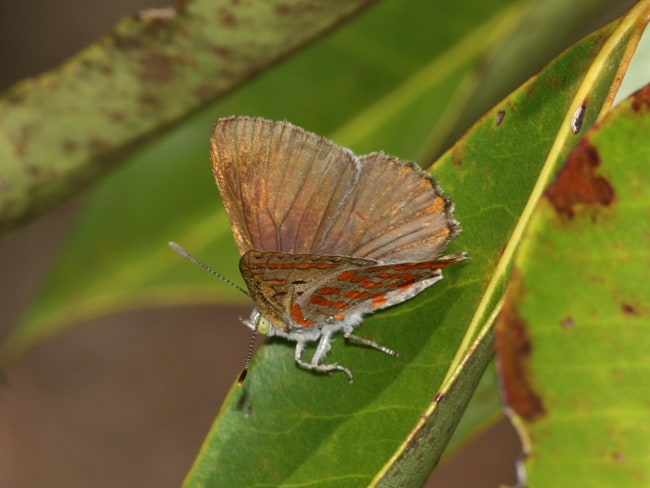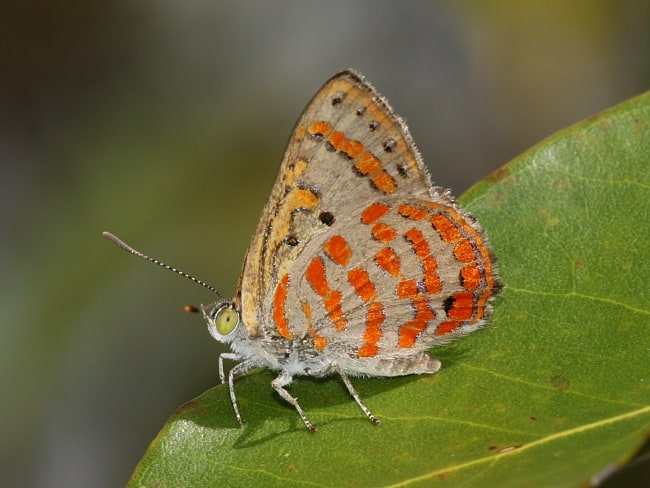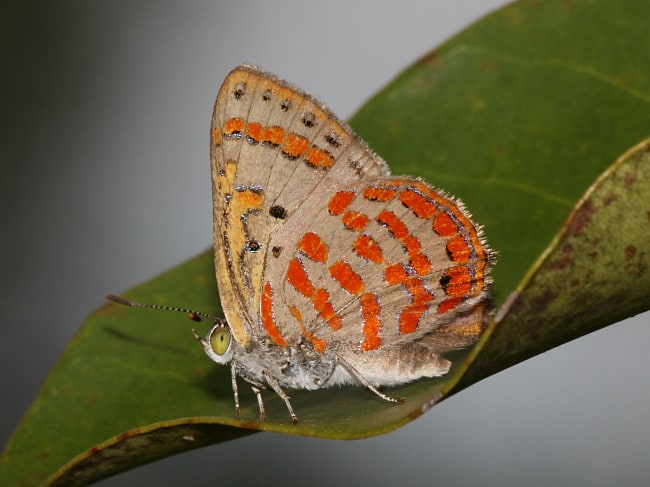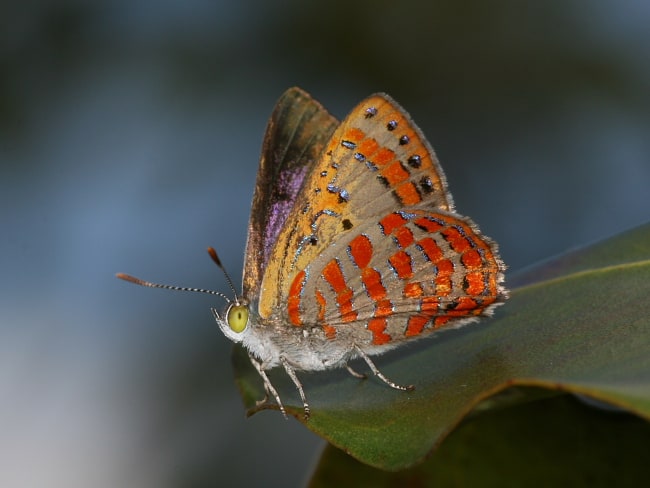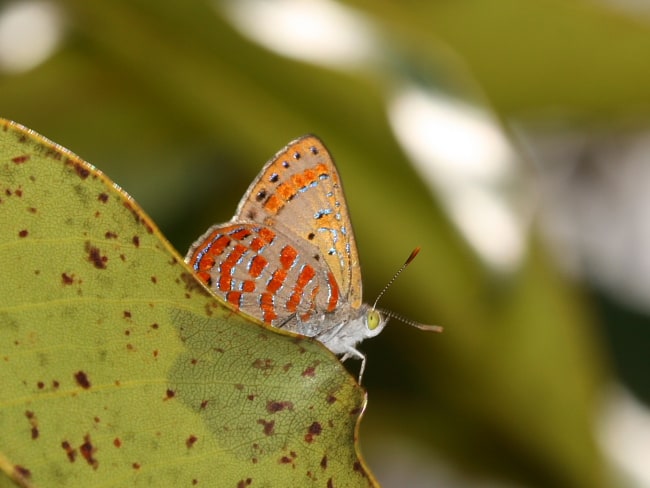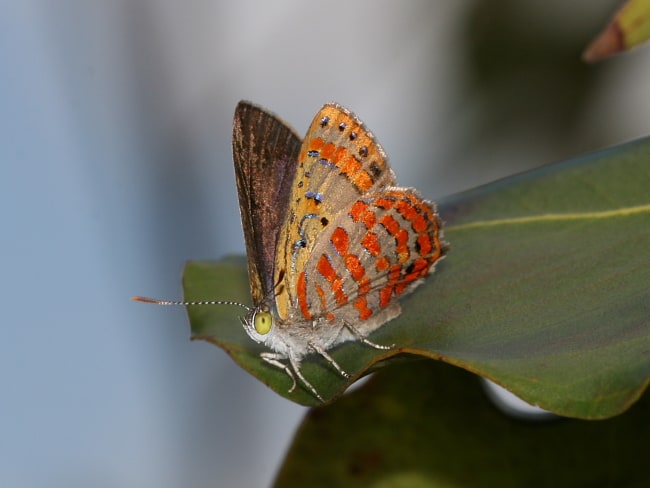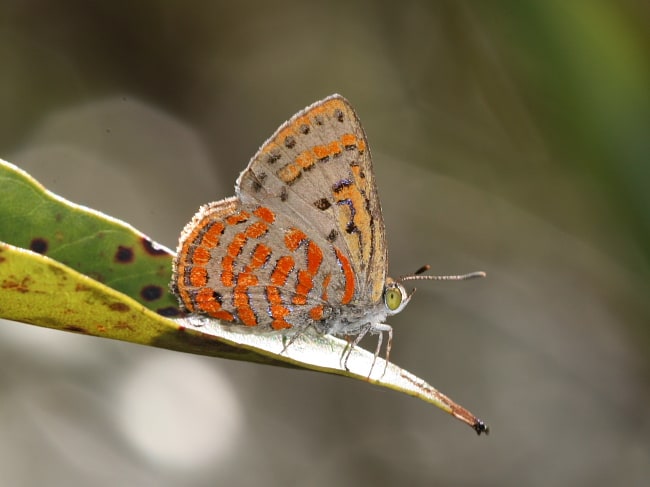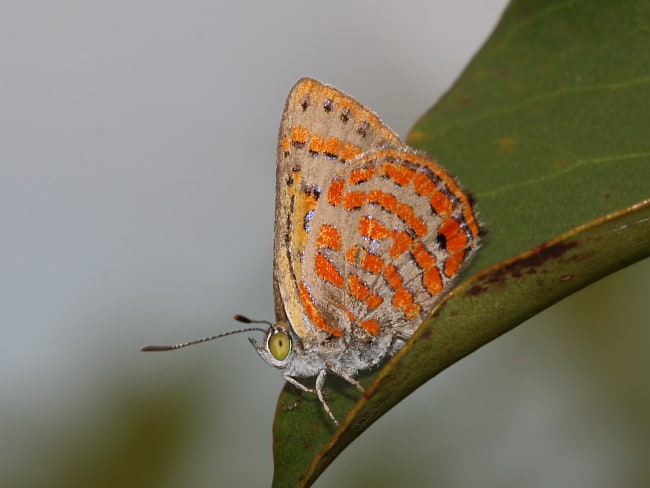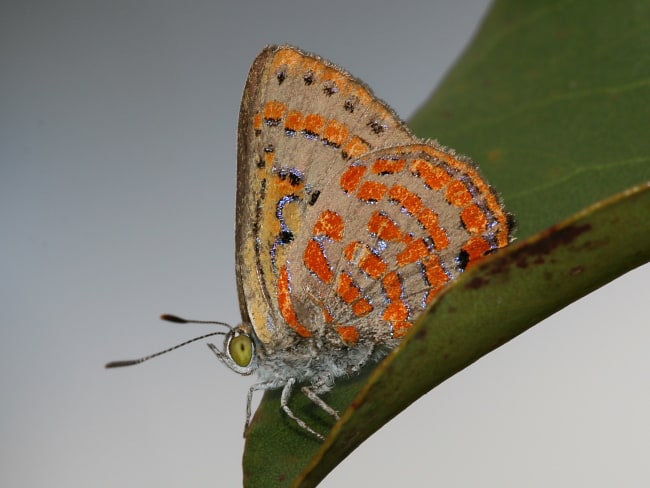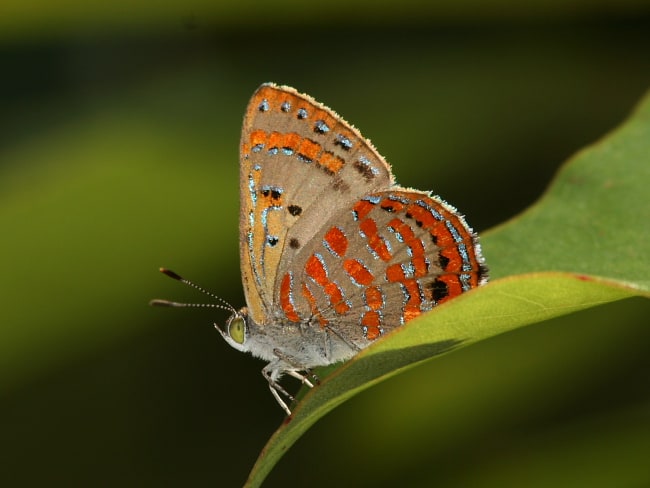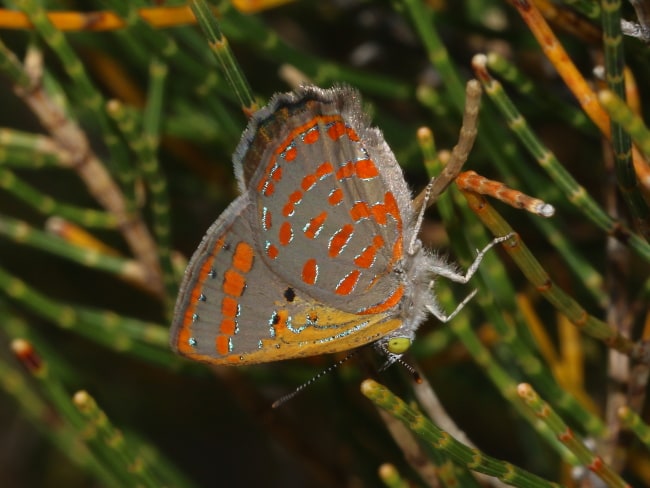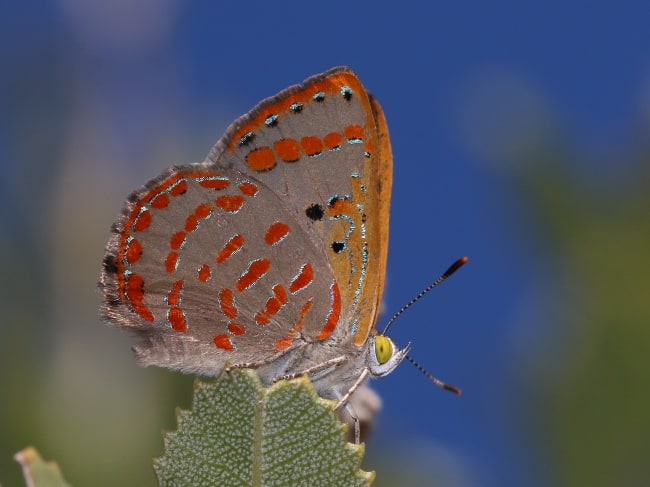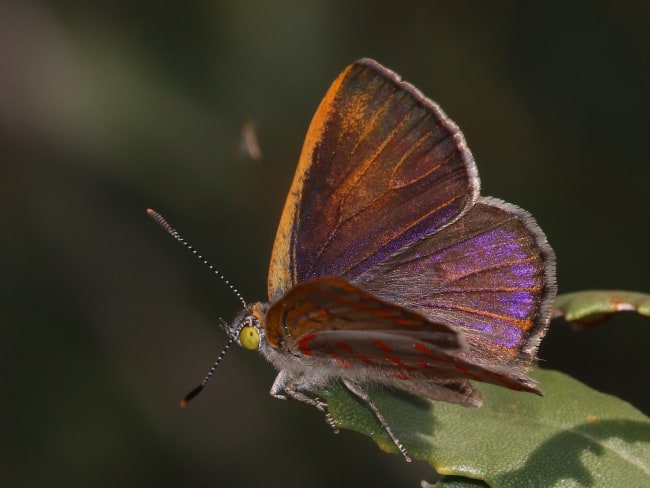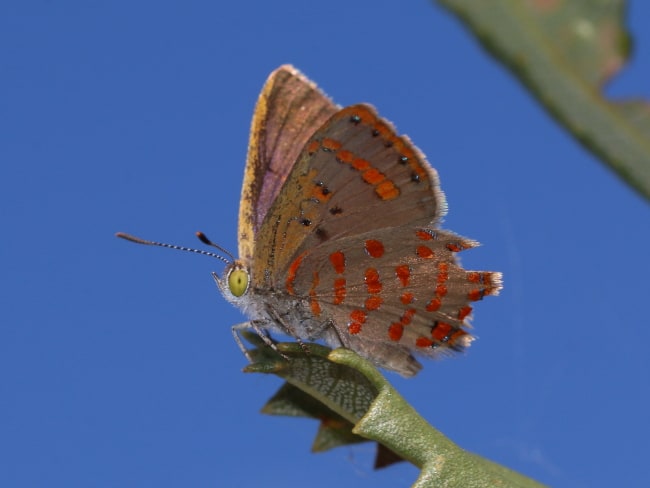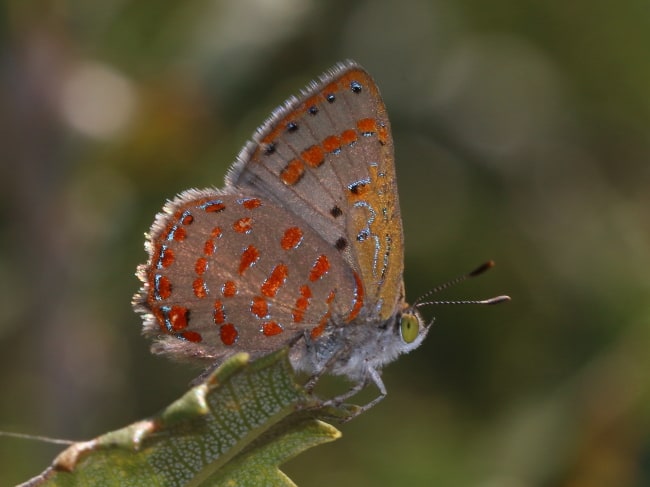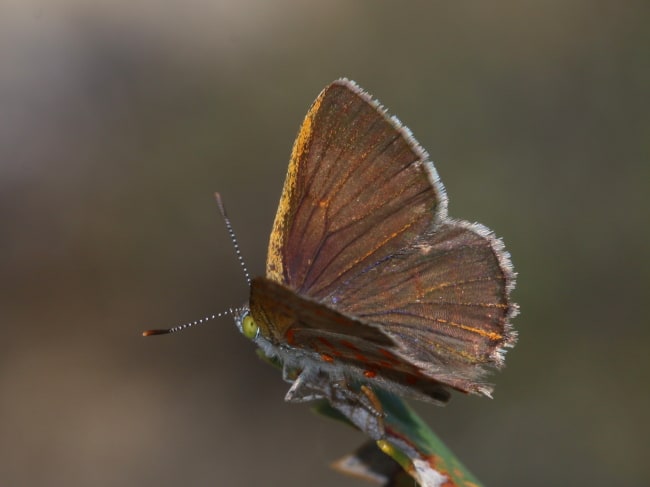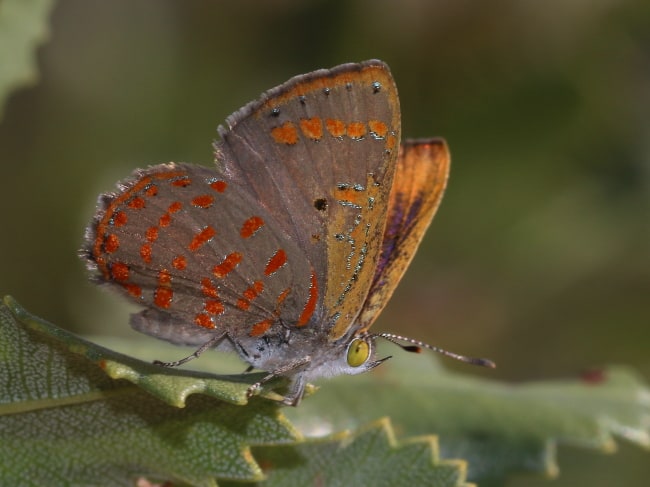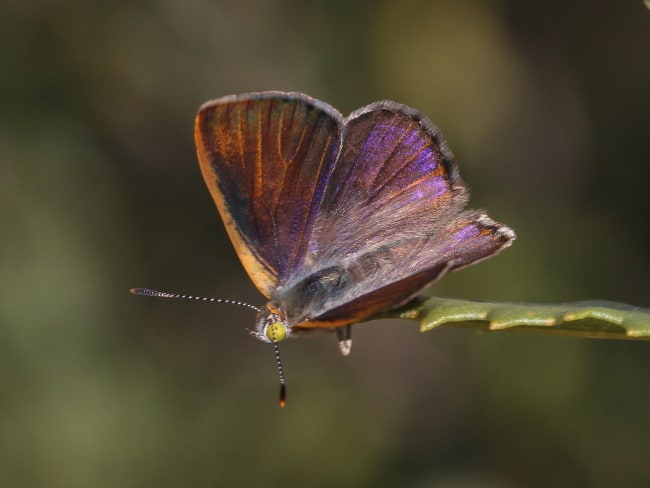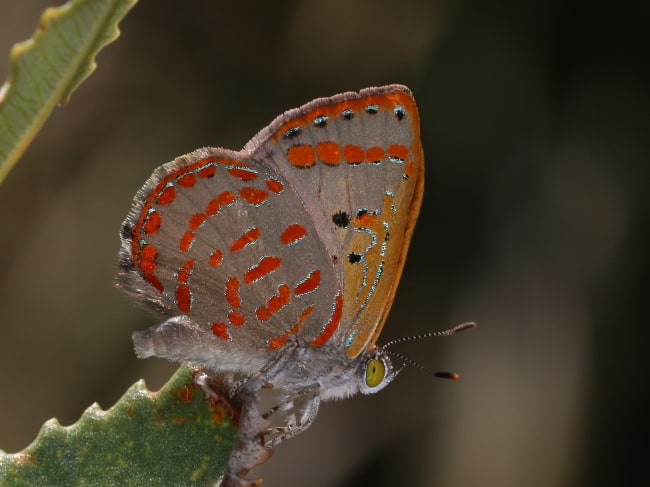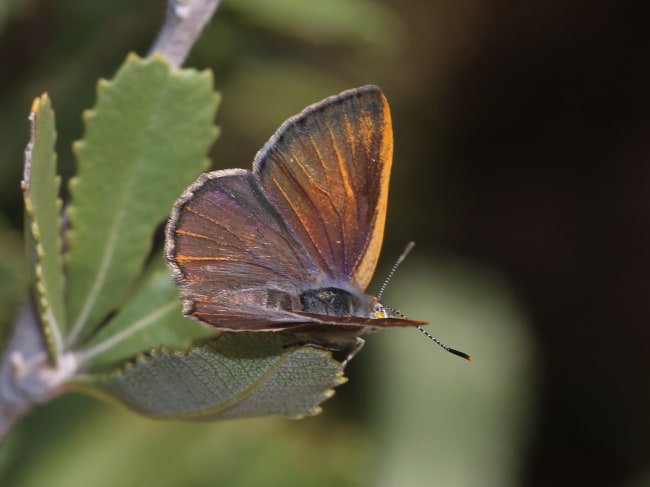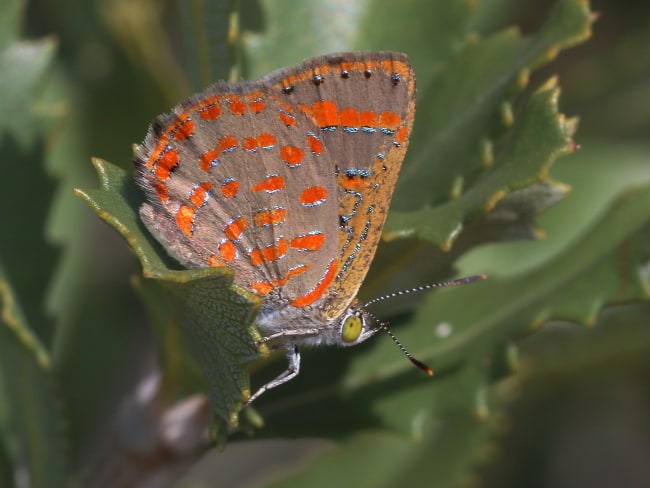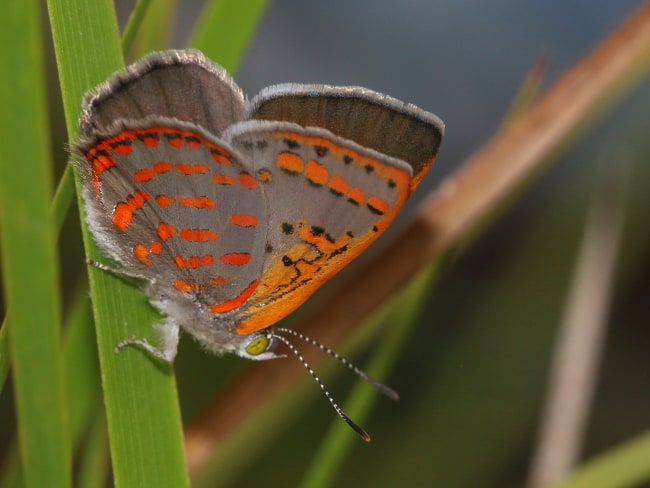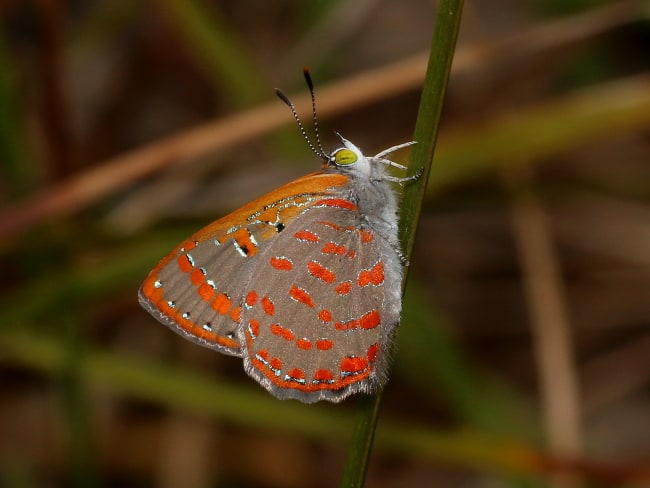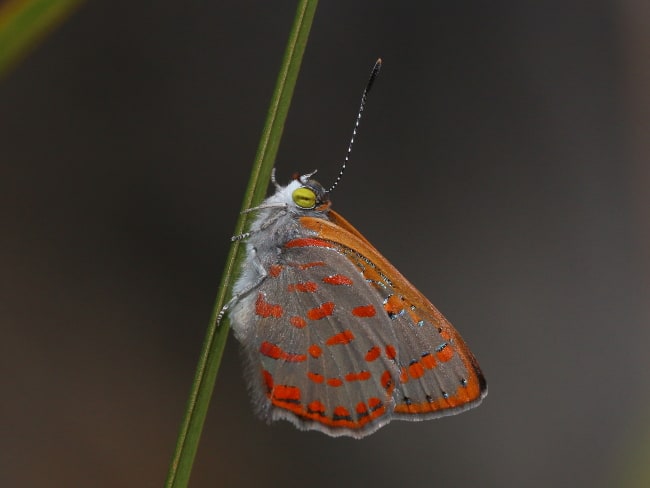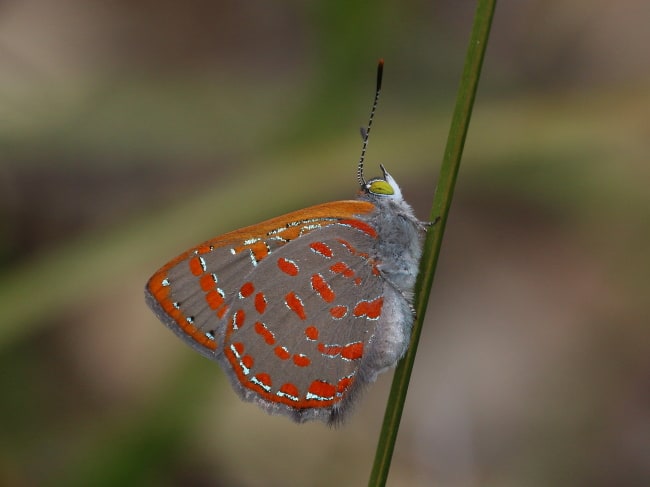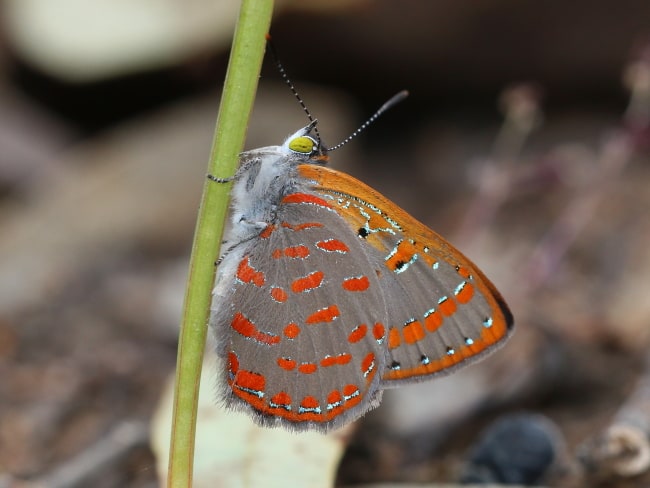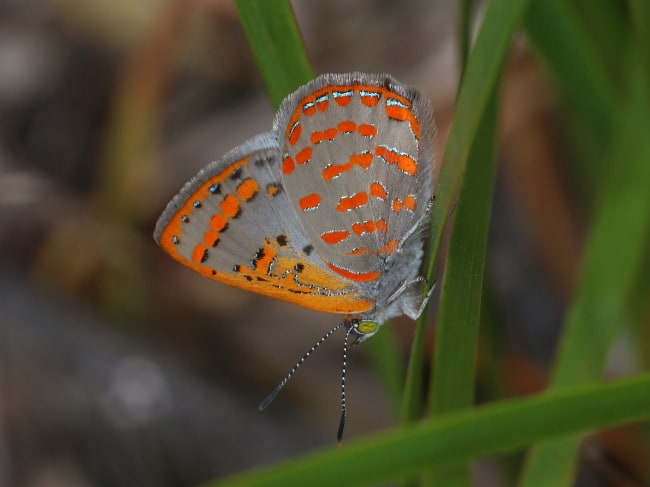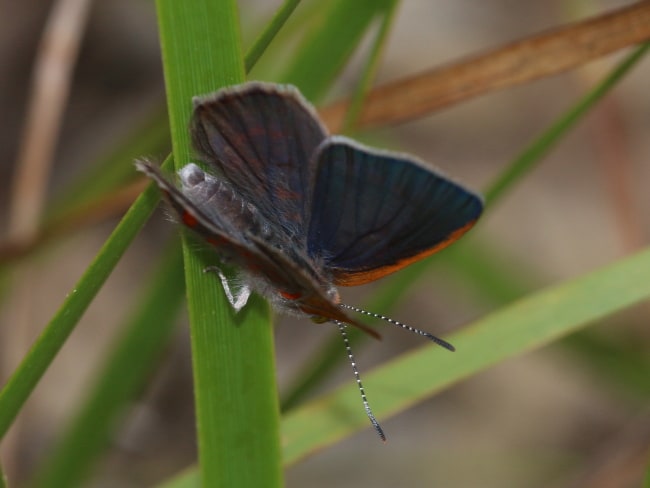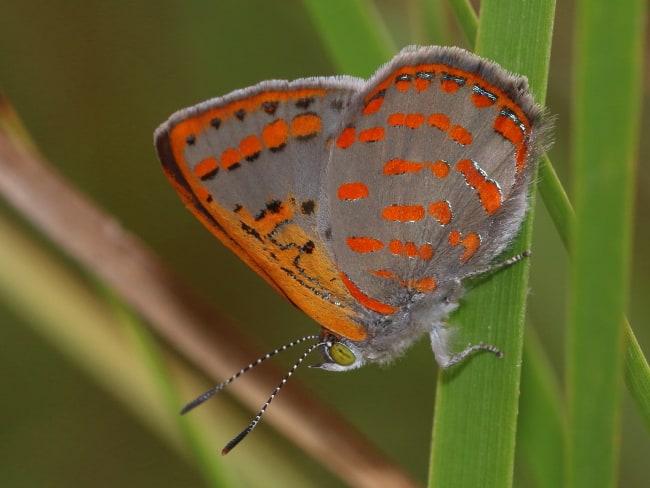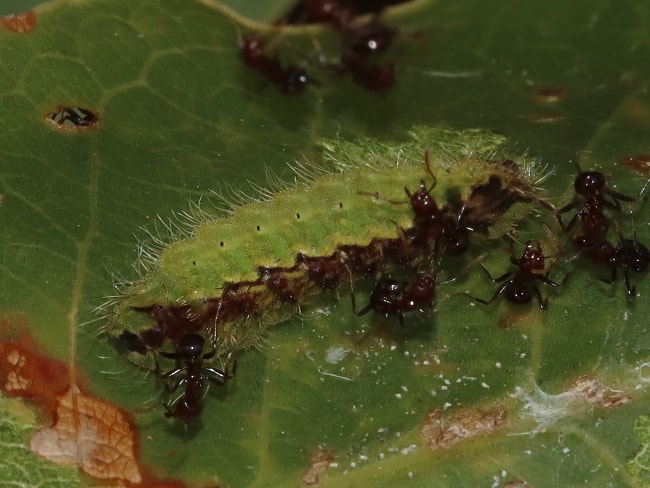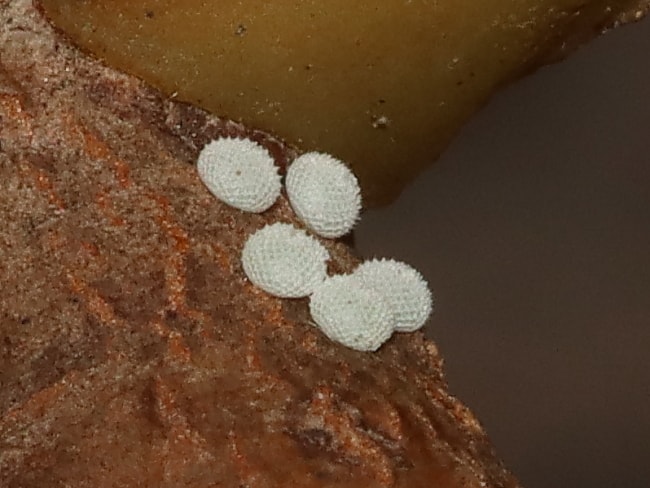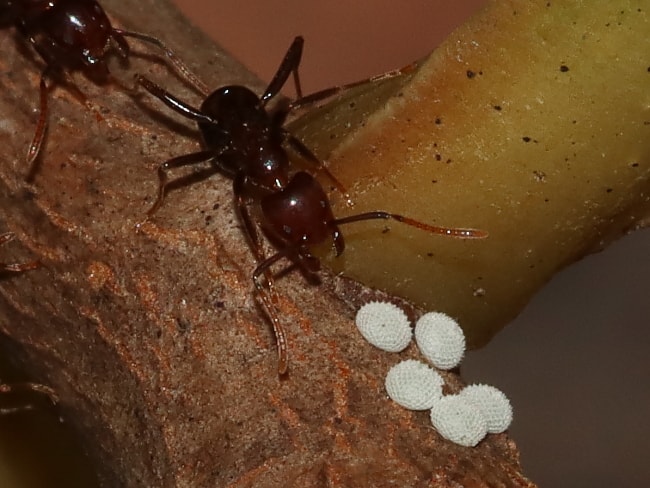Hypochrysops ignitus (Fiery Jewel)
10/11/2008
Spring Mountain, QLD
10/04/2011
Spring Mountain, QLD
10/04/2011
Spring Mountain, QLD
10/04/2011
Spring Mountain, QLD
12/01/2019
Bell
12/01/2019
Bell
12/01/2019
Bell
12/01/2019
Bell
12/01/2019
Bell
12/01/2019
Bell
12/01/2019
Bell
10/04/2011
Spring Mountain, QLD
10/11/2008
Spring Mountain, QLD
10/11/2008
Spring Mountain, QLD
10/11/2008
Spring Mountain, QLD
10/11/2008
Spring Mountain, QLD
10/11/2008
Spring Mountain, QLD
10/11/2008
Spring Mountain, QLD
10/11/2008
Spring Mountain, QLD
10/11/2008
Spring Mountain, QLD
10/11/2008
Spring Mountain, QLD
10/11/2008
Spring Mountain, QLD
10/11/2008
Spring Mountain, QLD
10/11/2008
Spring Mountain, QLD
10/11/2008
Spring Mountain, QLD
10/11/2008
Spring Mountain, QLD
10/11/2008
Spring Mountain, QLD
10/11/2008
Spring Mountain, QLD
10/11/2008
Spring Mountain, QLD
10/04/2011
Spring Mountain, QLD
05/11/2017
Ngarkat Conservation Park, SA
05/11/2017
Ngarkat Conservation Park, SA
05/11/2017
Ngarkat Conservation Park, SA
05/11/2017
Ngarkat Conservation Park, SA
05/11/2017
Ngarkat Conservation Park, SA
05/11/2017
Ngarkat Conservation Park, SA
05/11/2017
Ngarkat Conservation Park, SA
05/11/2017
Ngarkat Conservation Park, SA
05/11/2017
Ngarkat Conservation Park, SA
05/11/2017
Ngarkat Conservation Park, SA
05/11/2017
Ngarkat Conservation Park, SA
12/11/2017
Stirling Ranges, WA
12/11/2017
Stirling Ranges, WA
12/11/2017
Stirling Ranges, WA
12/11/2017
Stirling Ranges, WA
12/11/2017
Stirling Ranges, WA
12/11/2017
Stirling Ranges, WA
12/11/2017
Stirling Ranges, WA
12/11/2017
Stirling Ranges, WA
Synonyms
Hypochrysops ignita
Other Common Names
Dingy Jewel
Notes
This really is one of the iconic Australian butterfly species, so naturally I’d been disappointed that I hadn’t been able to find it. However there were a few of them hilltopping at Spring Mountain, mainly sitting around head height on some low shrubs. When the sun catches the orange spots on the underside they really do glow very brightly – what a beautiful little thing this butterfly is!
My first two encounters with this species were both at Spring Mountain, in 2008 and 2011, and I didn’t see it again until November 2017 when Alex showed me a hilltopping site in the Ngarkat Conservation Park in eastern South Australia. There were a few of the Mallee form there and they were quite cooperative.
The following week I was butterflying with my mate Derek in WA; we were in the Stirling Ranges on a miserably overcast and chilly day. The clouds were socked in and it was around 14C so we thought only an exceptionally hardy (or mentally defective) butterfly would be on the wing. Nothing was flying apart from a Cabbage White, but we found that by walking through the undergrowth we could disturb one or two beasties. Twice I came across what looked to be newly-eclosed ignitus, these being subspecies oliffi which is only found in WA. They were gorgeous little things and given the cool weather they were not inclined to fly – or perhaps not able to.
In January 2019 I finally saw an ignitus in NSW; it was on the hilltop at Bell and I was able to get a two-fer shot with it sitting right next to an Acrodipsas aurata. It’s very unusual to see ignitus in the Blue Mountains, and I strongly suspect this battered specimen had been blown in by the gale force winds that had been blowing for much of that week. The two-fer photo can be seen in my Blog Post about this encounter.

